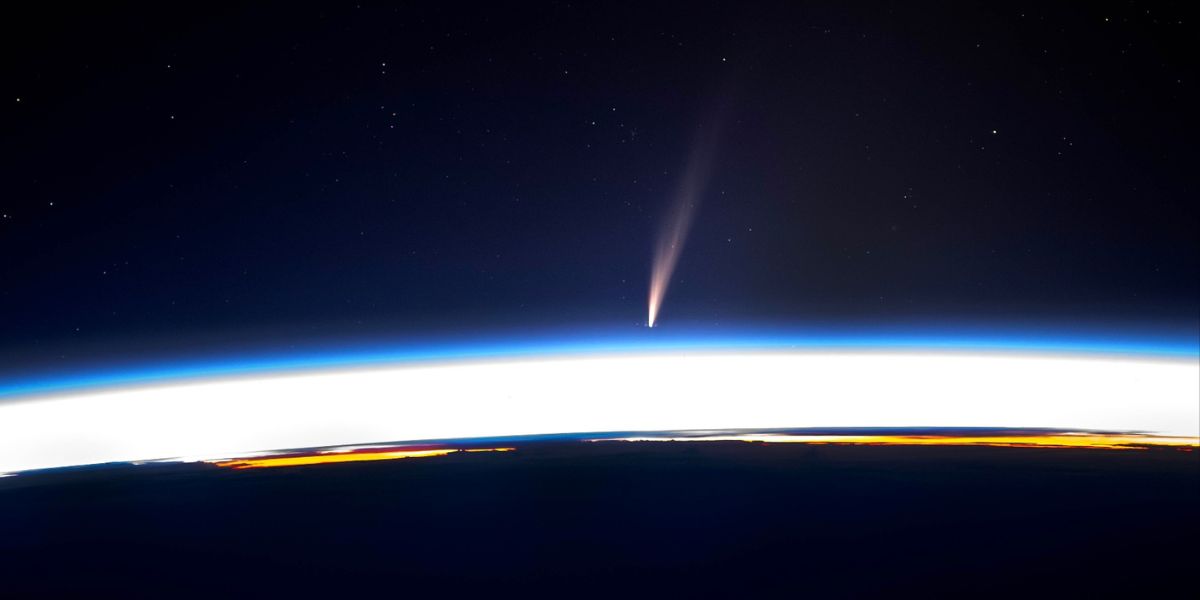Discovered in April of 2024, by the Asteroid Terrestrial-impact Last Alert System (ATLAS), Comet C/2024 G3 (ATLAS) is a celestial wonder—a massive ball of ice and dust orbiting the sun, leaving behind a striking tail that stretches millions of kilometers through space.
Its origins lie in the distant Oort Cloud, a mysterious region a trillion miles away on the edge of our solar system, where countless comets quietly drift.
After an epic journey spanning tens of thousands of years, this comet has reached its closest point to the sun, known as perihelion, on January 13.
Currently passing through the constellation Sagittarius, the comet is positioned between the Sun and Pluto, making the Southern Hemisphere the perfect vantage point for optimal viewing.
For skywatchers, this means a rare opportunity to see it with the naked eye this week!
Once in a 160,000 year comet seen from the International Space Station 😳
— Latest in space (@latestinspace) January 12, 2025
G3 Atlas won’t pass by Earth again until year 162025 pic.twitter.com/sxPR2qtOQw
For those in Australia, the comet will be visible in the evening sky around January 16 or 17.
Remarkably, this is the first time in 160,000 years the comet has graced our skies. To catch a glimpse, simply look toward the western horizon at twilight and you’ll spot a glowing pink orb with a brilliant tail streaming behind it.
It’s a breathtaking sight you won’t want to miss.
While the comet is visible without equipment, a pair of binoculars will enhance the experience, offering a closer look at its stunning details.
Astronomers predict the comet will grow brighter in the coming days as it approaches the sun, ensuring even more spectacular views throughout the rest of January.
Have you heard about comet C/2024 G3 ATLAS ❓❓
— Dreams N Science (@dreamsNscience) January 9, 2025
This is a long-period, sungrazing comet, which will reach perihelion (closest distance to the Sun) on 13 January 2025.
It could become the brightest comet of 2025 (as bright as Venus or more)
The comet is visible in the… pic.twitter.com/tg4hTARJLF
Each evening, it will climb higher in the sky and remain visible as night falls.
For the clearest view, find a tall hill or flat shoreline with minimal light pollution.
And don’t forget your binoculars for an even better view, this is a once-in-a-lifetime event you’ll want to remember!







